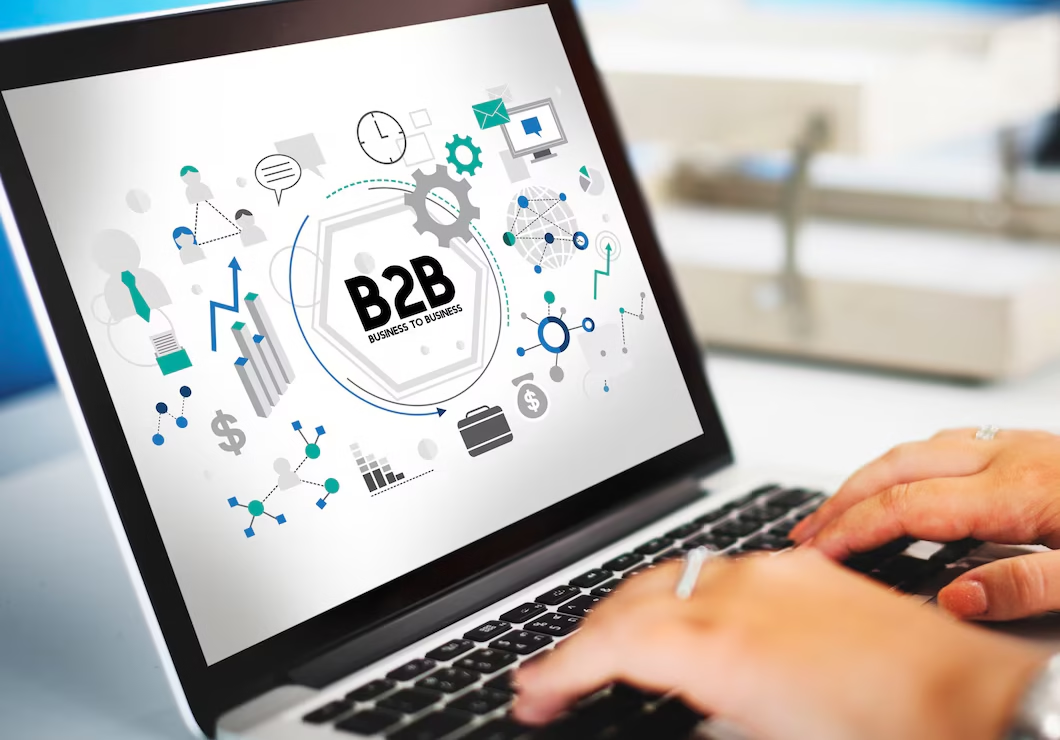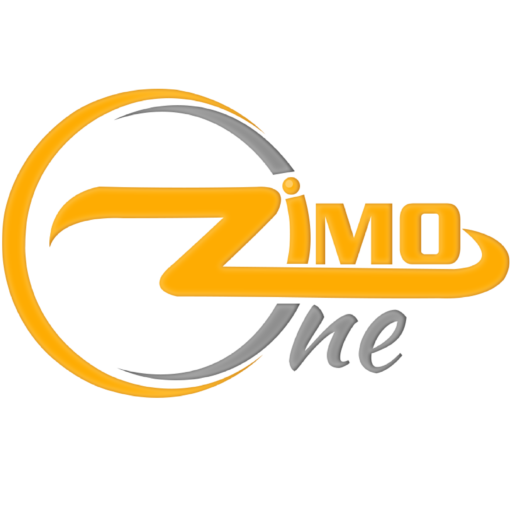
Social media has become the ultimate battlefield for business-to-consumer (B2C) marketers trying to establish a connection with consumers, as innumerable brands vie for consumers’ attention. Being present on social media isn’t enough to succeed; you also need to use each channel carefully to connect with your audience, earn their trust, and provide them with experiences they won’t soon forget. Every channel offers a different approach to drawing attention and motivating action, from conversational powerhouses like Twitter to visually driven platforms like Instagram. This blog will lead you through the best social media channels for business-to-consumer (B2C) marketing and offer professional advice on how to use each one efficiently. Regardless of your goals—increasing sales, brand awareness, or engagement—these insights will enable you to realize
1. Brand Personality and Captivating Visual Content on Instagram
Instagram’s emphasis on aesthetics and visuals makes it the perfect platform for companies that rely on captivating photos and videos. Instagram gives marketers a platform to express their individuality, cultivate a devoted fan base, and generate profits through features like Stories, Reels, and shoppable posts.
Ways to Make Effective Use of It:
- Make Shoppable Content: Make use of Instagram Shopping to enable visitors to easily peruse and buy things straight from your posts.
- Make use of Instagram Reels: To share quick, interesting films to expand your audience and capitalize on current trends.
- Highlight Behind-the-Scenes Content: Make your brand more relatable to your audience by sharing behind-the-scenes photos and anecdotes.
2. Facebook: Creating Communities and Making Use of Ad Targeting
Facebook is still a potent B2C marketplace. Because of its sophisticated advertising techniques and wide range of users. For brands aiming to interact directly with customers and create a community around their goods or services, it works particularly well.
Ways to Make Effective Use of It
Use Facebook Ads: To reach particular demographics and increase conversions, make use of the comprehensive targeting options.
Establish and Run a Group: Create a devoted following and encourage conversations about your company by using Facebook Groups.
Distribute Diverse Content: To keep your audience interested and informed, mix live material, links, videos, and images.
How to Make Good Use of It:
Engage in Trends: To improve the likelihood that your material will be found, use hash tags and popular sounds. Facebook is a strong platform for business-to-consumer (B2C) businesses, providing a variety of community-building tools and excellent ad targeting choices. Facebook’s enormous user base gives marketers the ability to build and maintain active communities where clients can interact, exchange stories, and receive product or service updates. Businesses may build devoted fan bases and promote more in-depth consumer interactions in a setting that seems genuine and connected by using Facebook Groups. Furthermore, Facebook’s sophisticated advertising features enable companies to target interests, behaviours, and demographics, increasing the effectiveness of advertising efforts. By ensuring that marketing messages reach the correct audience at the right time, this tailored approach increases the possibility of conversions and client retention. Facebook helps marketers create enduring relationships by fusing community-building initiatives with targeted advertising.
3. Using Trend-Driven, Short-Form Videos to Grab Attention on TikTok:
TikTok is a fantastic platform for marketers aiming to reach Gen Z and millennials because of its younger user base. Brands can reach large audiences with brief, imaginative, relatable, and captivating video content thanks to TikTok’s algorithm and viral nature. Short-form, trend-driven videos on TikTok have emerged as a potent tool for marketers looking to draw viewers in and establish a fresh, interesting connection. Brands can reach large audiences by participating in popular phenomena, such as challenges, viral songs, and meme formats, which are favoured by TikTok’s algorithm. Brands may connect with Gen Z and millennial consumers who value relatability more easily by using brief, snappy videos to highlight their personalities and products in a genuine and enjoyable way. Brands can encourage user-generated content by joining in on popular challenges or starting their own. As users share and reproduce these videos, engagement and brand visibility increase. Its emphasis on current developments and easily readable information.
4. Pinterest: Motivating Consumers and Promoting Purchases
Fashion, home décor, cosmetics, and other brands can benefit greatly from Pinterest’s role as a visual search engine. Pinterest is a great tool for B2C firms trying to encourage sales through visual content because many of its users have a purchasing mentality.
Effective Use of It:
Make Rich Pins: Give pins additional information to help users understand products better.
Curate Inspiring Boards: To get others to follow and save your pins, arrange your boards according to popular categories.
Optimize for SEO: To make your material more visible, include pertinent keywords in the pin descriptions.
5. Twitter: Instantaneous Discussions and Customer Engagement
Twitter has become a potential platform for social media users. Because Twitter moves quickly, it’s perfect for firms who want to interact with customers directly, share rapid updates, and take part in real-time conversations. Additionally, it’s a good way to promptly and effectively handle customer care questions.
How to Make Good Use of It:
Engage with Trends and Hashtags: To raise brand awareness, use pertinent trending hashtags.
Provide Customer Support: Show exceptional customer service by promptly answering their queries and concerns.
Post Regularly: Keep up an active presence by announcing new products, specials, and updates on a frequent basis.
6. YouTube: Brand Authority and Educational Content
YouTube has become an inseparable part of our lives. From cooking recipes to educational videos everything is accessed by viewers on the you tube, you can also establish your brand identity by using this widely used platform. Brands may distribute in-depth, instructive material on YouTube that builds credibility and adds value. YouTube, the second-biggest search engine, is perfect for product demonstrations, thought leadership content, and lessons that develop trust.
Ways to Make Effective Use of It:
Make How-To Videos: Showcase items, provide answers to frequently asked questions, or discuss issues that customers are having. To improve visibility, incorporate pertinent keywords into the titles, descriptions, and tags of your videos.
Talk to the Viewers: To create a feeling of community and keep viewers coming back, reply to comments.
7. LinkedIn – Professional Engagement and Thought Leadership
LinkedIn has brought a new revolution in the world, it has brought educationists, intellectuals, IT professionals and many platforms together. Despite being mostly linked to business-to-business (B2B) marketing, lifestyle and luxury B2C firms can use LinkedIn to network with industry experts and demonstrate their brand knowledge. High-end brands that wish to emphasize thinking leadership will find it very helpful.
Effective Use of It:
Exchange Industry Insights: Write articles that establish your industry’s legitimacy and show off your experience.
Create a Professional Network: Make contact with partners, leaders in the field, and experts who might be considering your brand.
Emphasize the company culture: To make your brand more relatable, include employee biographies or behind-the-scenes videos.
Lastly,
Understanding each social media platform’s advantages and coordinating them with your brand’s objectives are essential to making the most of your B2C marketing efforts. From Pinterest’s focus on shopping to Instagram’s aesthetic appeal, each provides exceptional chances to interact with and win over your audience. You may create a vibrant social media presence that engages consumers, builds brand awareness, and spurs growth by customizing your content and engagement tactics to the unique features of each platform.
To sum up, more than just sharing material is required to become an expert on the best social media platforms for business-to-consumer (B2C) marketing; you also need to develop real connections, engage audiences, and cultivate brand loyalty in innovative, powerful ways. From Instagram’s visual narrative to Twitter’s real-time interaction, each platform provides unique capabilities for converting infrequent followers into loyal buyers. Through comprehension and utilization of each social media platform’s distinct advantages, marketers are able to provide consumers with relevant, focused experiences that captivate them. With careful use, these platforms not only improve brand visibility but also forge strong growth paths that enable companies to prosper in a digital environment that prioritizes connection and genuineness.


